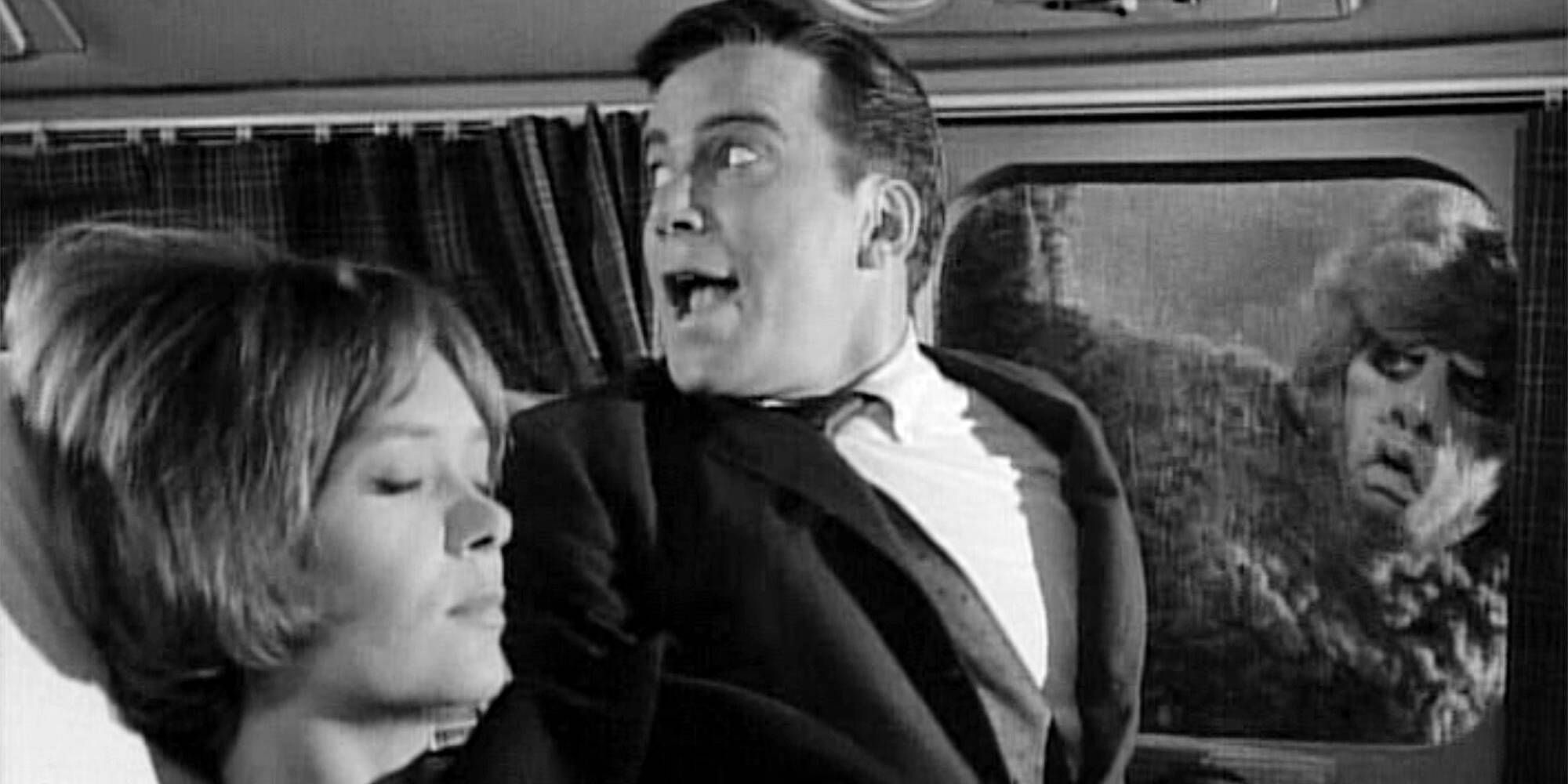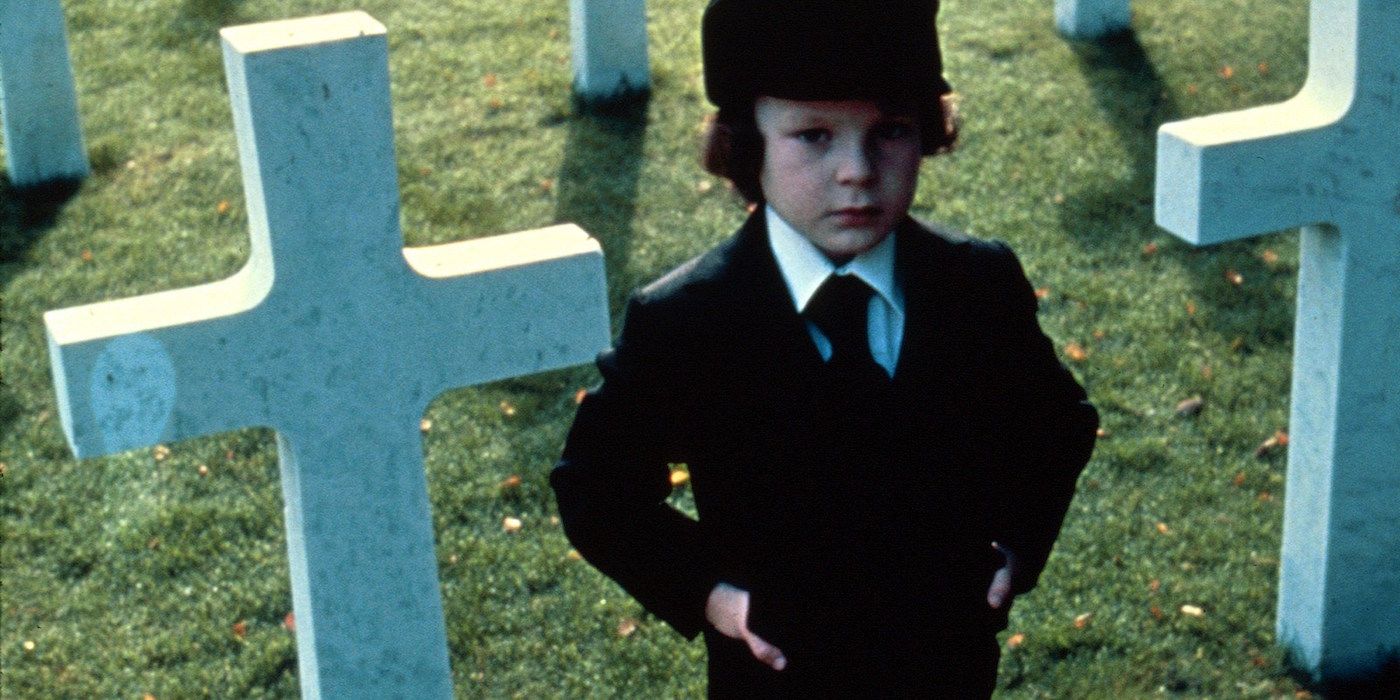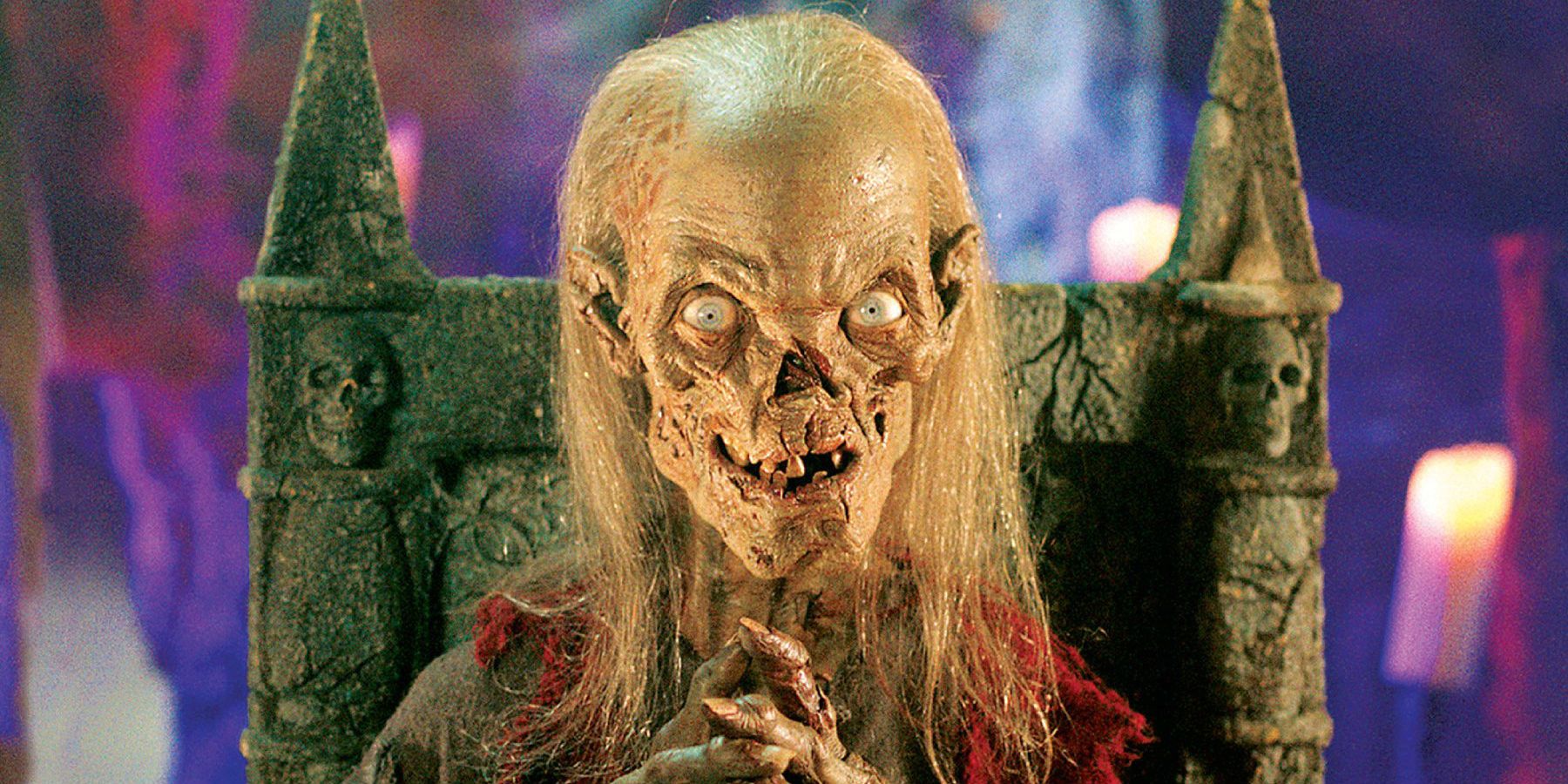The late, great Richard Donner might be best known for directing Superman, but his horror work was equally groundbreaking. The famed director had a long and eclectic career covering multiple mediums and genres; beginning in television in the 1960s, he worked his way up to some of the biggest and most successful feature films of all time. From the heroic antics of Clark Kent to the high-octane thrills of the Lethal Weapon franchise, Donner’s scope was impressive and his talents undeniable.
However, intermingled throughout his varied career were rare but memorable dips into the world of cinematic horror. Although Donner is hardly ever placed on the same pedestal as greats like Halloween’s John Carpenter or zombie master George Romero, his brief contributions still hold an incredible amount of significance. In fact, Donner’s horror work would go on to inspire some of the great horror properties of the 1980s and beyond, and whether he was directing a creepy television episode or crafting an Oscar-winning horror masterpiece, his ability to create terrifying experiences was impressive and often visionary.
Richard Donner will forever be remembered among film fans as the director who made audiences believe a man could fly. However, he also deserves to be remembered as a creative force who played an important role in shaping modern horror as audiences know it today, as well as giving the genre some of its most notable works.
The Twilight Zone

Donner entered the film industry at the beginning of the 1960s, cutting his teeth directing episodes for shows like The Loretta Young Show, Route 66, and The Rifleman. While these credits and many others established him as a dependable helmer with a keen eye and plenty of talent, his first shot at horror wouldn’t come until 1963. That year, the final season of legendary sci-fi/horror anthology The Twilight Zone began airing, and Donner was tapped to direct. In all, Donner directed six episodes of The Twilight Zone between 1963 and 1964, but it was his first contribution that forever cemented him in pop culture history.
Of all the many episodes of The Twilight Zone, there is perhaps none more iconic than “Nightmare At 20,000 Feet.” In the episode, William Shatner plays a neurotic man with a fear of flying who swears he sees a hairy, grotesque gremlin on the wing of his plane as it flies through a storm. The episode has been remade twice in follow-up Twilight Zone adaptations and parodied countless times too. Donner was behind the camera for this episode and his dramatic use of low angles when shooting Shatner and the memorable jumpscare of the monster’s face prove that – even early in his career – Donner had the chops to direct effective horror.
The Omen

After a decade and a half of mostly TV work, Richard Donner was given a major opportunity when he was approached to direct a new horror film being developed by 20th Century Fox. Beginning in 1968 with Rosemary’s Baby and continuing in 1973 with The Exorcist, Hollywood was at the tail end of a trend involving movies with strong supernatural or satanic overtones. Both films had been incredibly well received by critics and breathed new life into the genre. The idea Donner was presented with seemed similar to The Exorcist in many ways, as both involved a child linked to biblical evil. However, Donner saw the film as an opportunity to do something unique with the played-out idea: inject ambiguity.
In Rosemary’s Baby and the often-referenced The Exorcist, there is little doubt in the viewer’s mind that what’s happening is satanic in nature. Donner’s approach was to instead present the story as more restrained and suggestive; terrible tragedies begin happening that can all be linked back to a little boy named Damien, who is believed to be the literal antichrist. The audience never sees Damien kill anyone or overtly cause any of the characters harm, instead leaving the legitimacy of his connection to the deaths ambiguous. In fact, Donner originally planned to be even more ambiguous as to Damien’s true origins, but the studio favored a more direct approach. Nevertheless, enough of Donner’s fresh take on the possession genre (which is still going strong today with films like The Conjuring franchise) survived into the final cut to help make The Omen one of the biggest hits of 1976. The film even racked up two Oscar nominations and one win.
Today, The Omen is rightfully remembered as one of the landmark films in the genre. From its haunting score to Donner’s intense direction, the movie continues to leave an impact on audiences nearly 50 years after its release. The concept of a silent and seemingly supernatural killer was also groundbreaking and had a major impact on films like Halloween (1978) and, therefore, the myriad slasher movies that came to proliferate in the 1980s.
Tales From The Crypt

Following the success of The Omen, Richard Donner was given the reigns to Superman, and the director had few chances to work in horror following the success of his superhero opus. The genre continued without Donner’s input through the 1980s, and opportunities like a chance to direct 1987’s The Lost Boys fell through, with Donner instead serving as the film’s producer. Thankfully, Donner had one last opportunity to make an impact on horror when he teamed up with Walter Hill, Robert Zemeckis and Joel Silver to become a key creative behind HBO’s insanely popular anthology series Tales from the Crypt. The morbid humor and fresh examination of horror tropes was a perfect fit for Donner’s sensibilities, and the series was yet another major entry into the genre from the director.
Donner even got to direct three Tales from the Crypt episodes himself, including the fan-favorite “The Ventriloquist’s Dummy,” which put a grotesque spin on the well-worn cliché of the living doll. Following his work on the show, Richard Donner never entered the realm of horror again. However, his dedication to freshness, his ability to give even small moments a horrific weight, and his keen eye for building intensity ensured his contributions to the genre will always be remembered.




